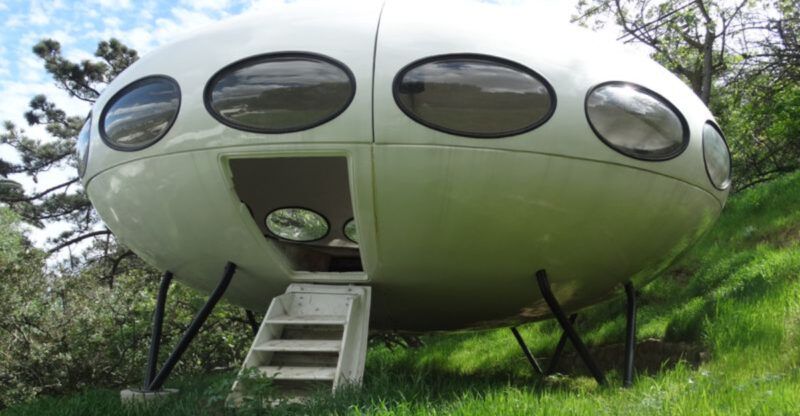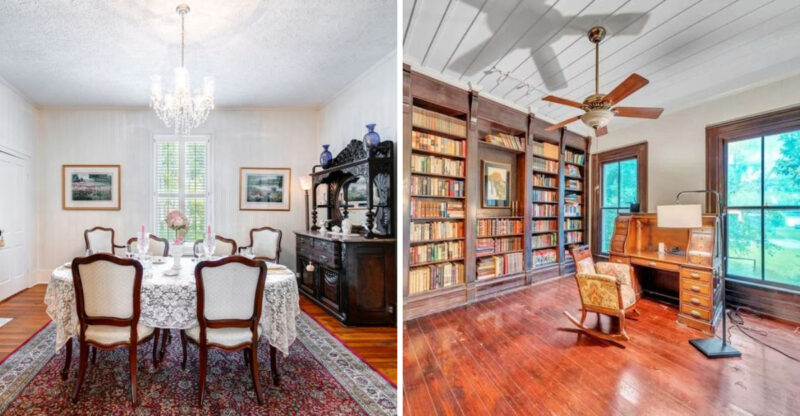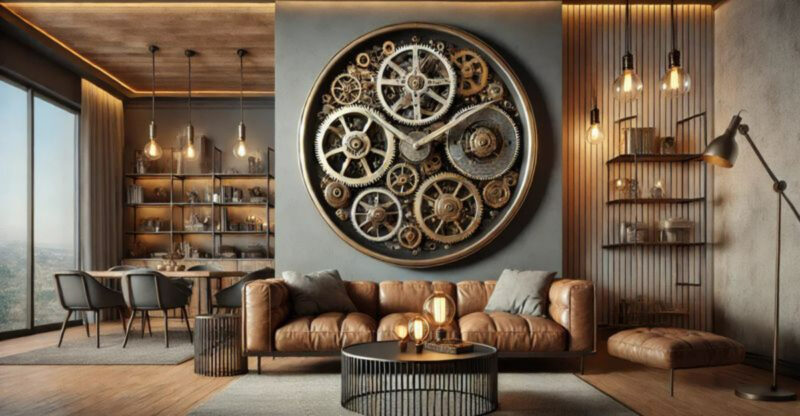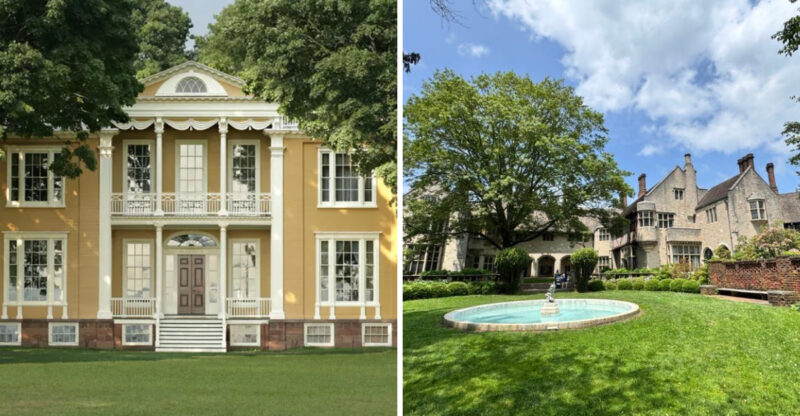17 Vintage Photos Showcasing America’s Historic Houses
Take a step back in time and explore some of America’s most impressive historic mansions through a collection of vintage photographs.
These grand homes, built in the late 19th and early 20th centuries, showcase incredible architecture, elegant design, and unique stories.
From lavish ballrooms and sprawling estates to mysterious staircases and private theaters, each mansion reflects the tastes and lifestyles of America’s wealthy elite during their heyday.
1. The Breakers
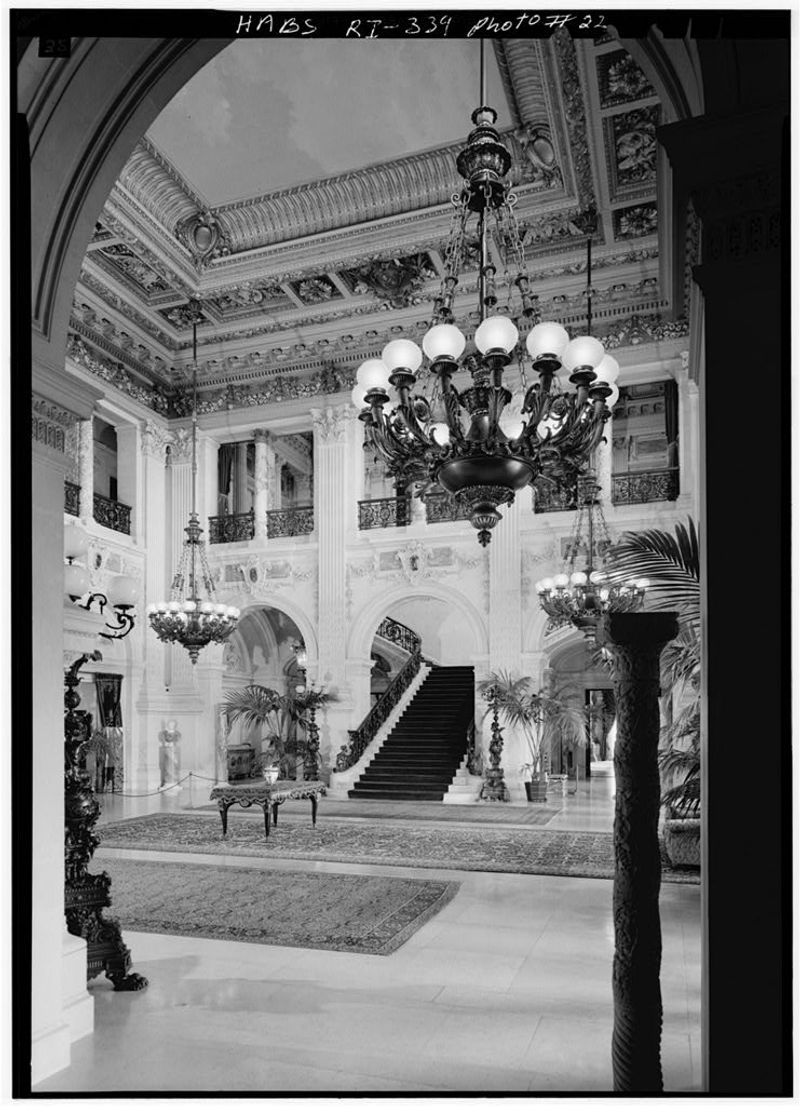
Commissioned by Cornelius Vanderbilt II in 1893, this Renaissance-style summer “cottage” stands as the most lavish mansion in Newport, Rhode Island. Its 70 rooms overflow with Italian marble, rare woods, and platinum wall panels.
Designed to rival European palaces, The Breakers features a Great Hall rising 45 feet with mosaic tile ceilings and a grand staircase that would make any visitor feel like royalty. The mansion’s ocean views are just as impressive as its opulent interiors.
2. Biltmore Estate
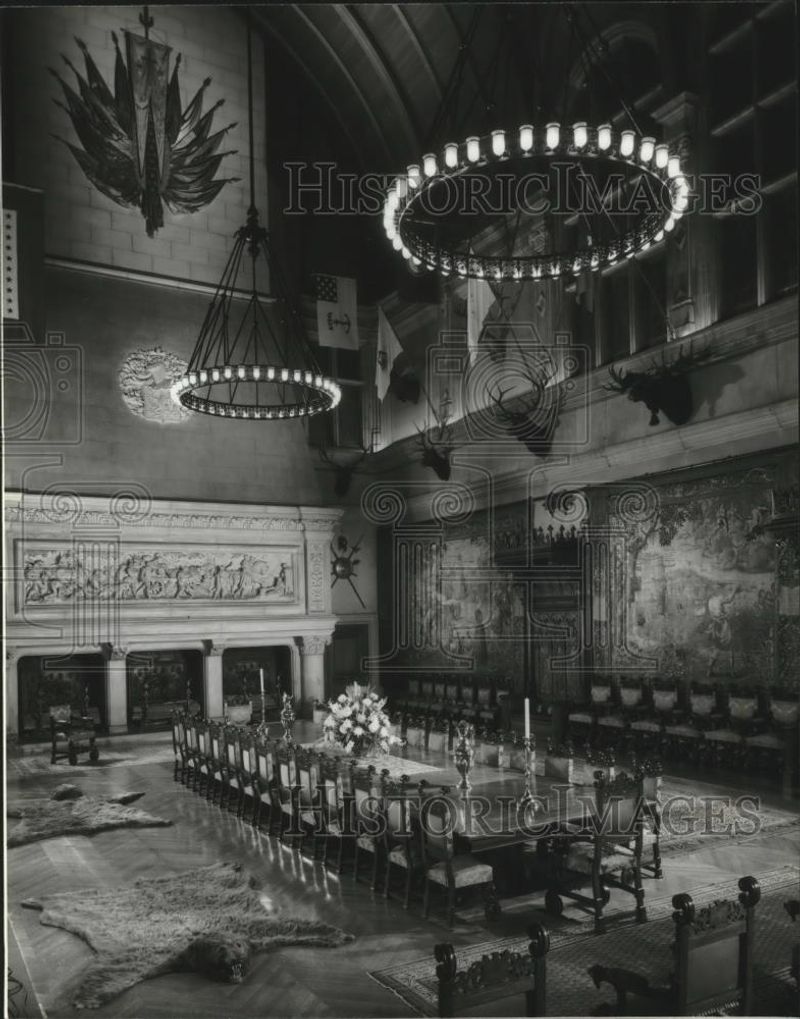
Hidden in the Blue Ridge Mountains of Asheville, North Carolina, George Vanderbilt’s 250-room French Renaissance chateau continues to astonish visitors. Completed in 1895, this architectural marvel sits on 8,000 acres featuring gardens designed by Frederick Law Olmsted.
The Biltmore’s library holds over 10,000 volumes, while its banquet hall boasts a 70-foot ceiling with triple fireplaces. Indoor swimming pools and bowling alleys were unheard-of luxuries when this countryside retreat was built.
3. Hearst Castle
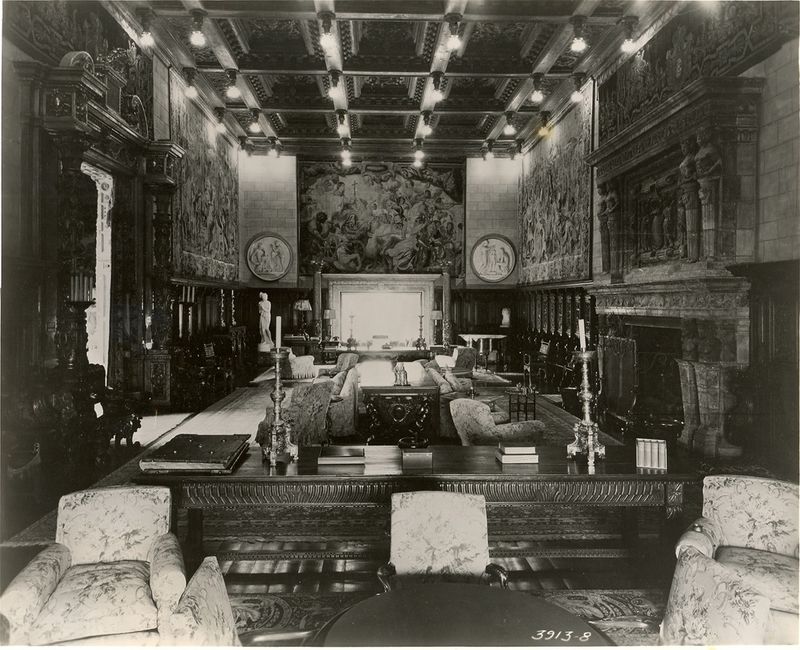
Newspaper tycoon William Randolph Hearst created this fantastical estate atop a hill overlooking the Pacific Ocean. The main house, called “La Casa Grande,” combines Spanish Colonial and Mediterranean styles with ancient artifacts Hearst collected from around the world.
Neptune Pool, the property’s most famous feature, is an outdoor marvel with authentic Roman temple facades and statues. Hearst hosted Hollywood’s elite here during the 1920s and 30s, with guests including Charlie Chaplin, Cary Grant, and Clark Gable.
4. Monticello

Thomas Jefferson spent 40 years perfecting his neoclassical masterpiece near Charlottesville, Virginia. The founding father designed every aspect of this domed home, incorporating innovative features like skylights, a dumbwaiter, and a weather vane connected to an indoor indicator.
Jefferson’s beloved library contained over 6,700 books, forming the foundation for the Library of Congress after his death. The estate’s grounds showcase his passion for agriculture, featuring experimental gardens where he grew over 330 vegetable varieties and 170 fruit varieties.
5. Fallingwater
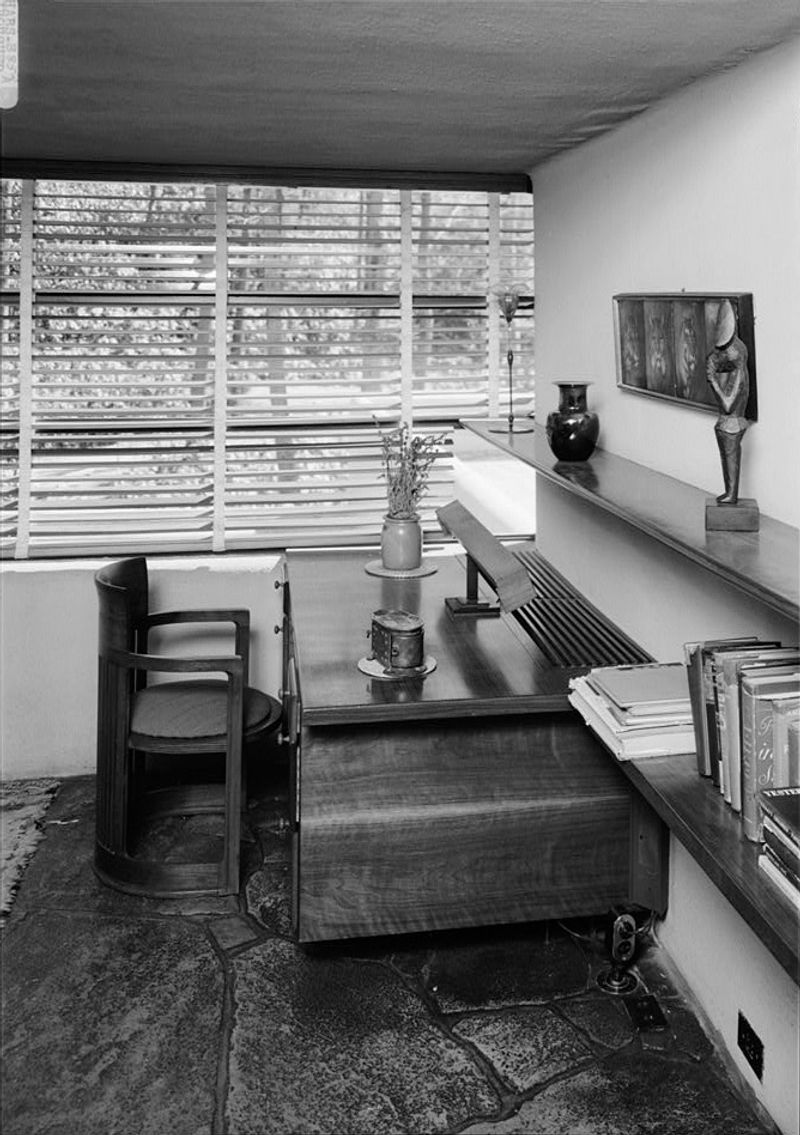
Perched dramatically over a waterfall in Pennsylvania’s Laurel Highlands, this 1935 home represents the pinnacle of organic architecture. Frank Lloyd Wright designed Fallingwater as a weekend retreat for the Kaufmann family, owners of a Pittsburgh department store.
Cantilevered concrete terraces extend daringly over Bear Run stream, creating the illusion that the house floats above the water. Natural materials like sandstone quarried on-site blend seamlessly with the surrounding forest, while large windows erase boundaries between indoors and nature.
6. The Mount
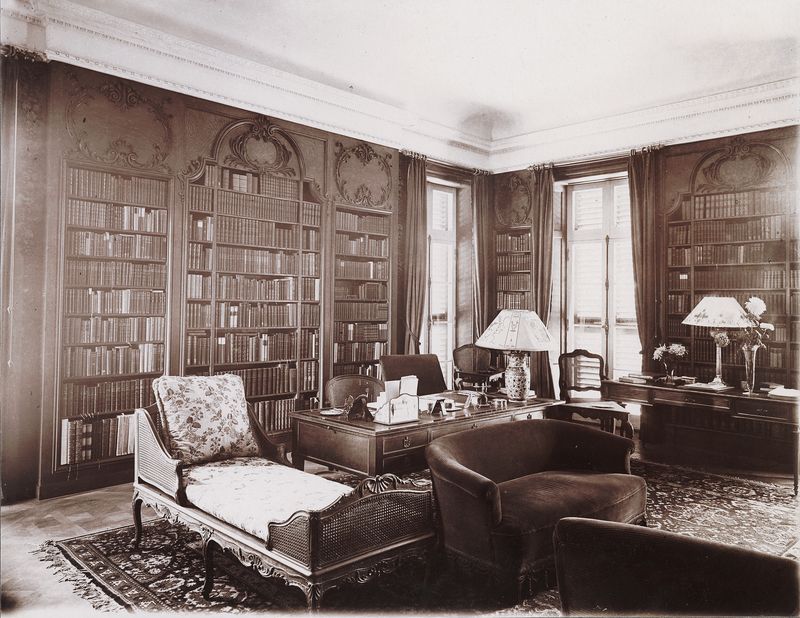
Pulitzer Prize-winning author Edith Wharton designed this elegant country estate in Lenox, Massachusetts, applying principles from her first published book, “The Decoration of Houses.” Completed in 1902, The Mount reflects Wharton’s belief that homes should be in harmony with their surroundings.
The formal gardens showcase her passion for landscape design with a series of outdoor “rooms” including an Italian walled garden and a lime walk. Wharton wrote some of her most famous works here, including “The House of Mirth,” in a third-floor bedroom overlooking the gardens.
7. Vizcaya
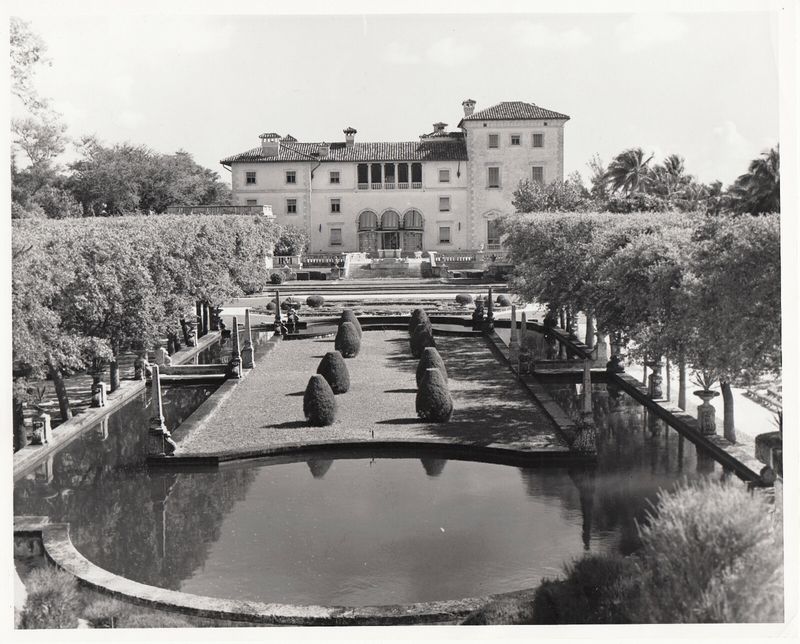
Industrial magnate James Deering created this lavish winter retreat on Biscayne Bay between 1914 and 1922. Vizcaya combines Italian Renaissance and Baroque elements with native coral rock and tropical plantings, creating a distinctly Floridian interpretation of European grandeur.
The main house contains over 2,500 antique art objects and furnishings spanning 400 years of European history. Its formal gardens include elaborate stone barges, fountains, and hedge mazes inspired by 17th-century Italian villas, all miraculously surviving decades of hurricanes and tropical storms.
8. Lyndhurst
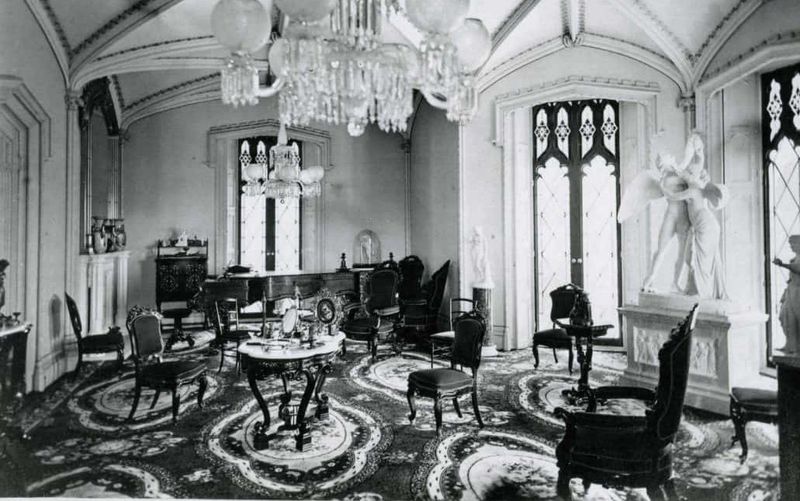
Rising like a medieval castle above the Hudson River in Tarrytown, New York, Lyndhurst represents one of America’s finest Gothic Revival mansions. Railroad tycoon Jay Gould was its most famous owner, adding distinctive touches to architect Alexander Jackson Davis’s original 1838 design.
Pointed arches, vaulted ceilings, and elaborate woodwork create a romantic, otherworldly atmosphere throughout the mansion. The estate’s 67 acres include a Lord & Burnham steel-framed greenhouse, bowling pavilion, and carriage house, offering a complete picture of 19th-century estate life.
9. San Simeon
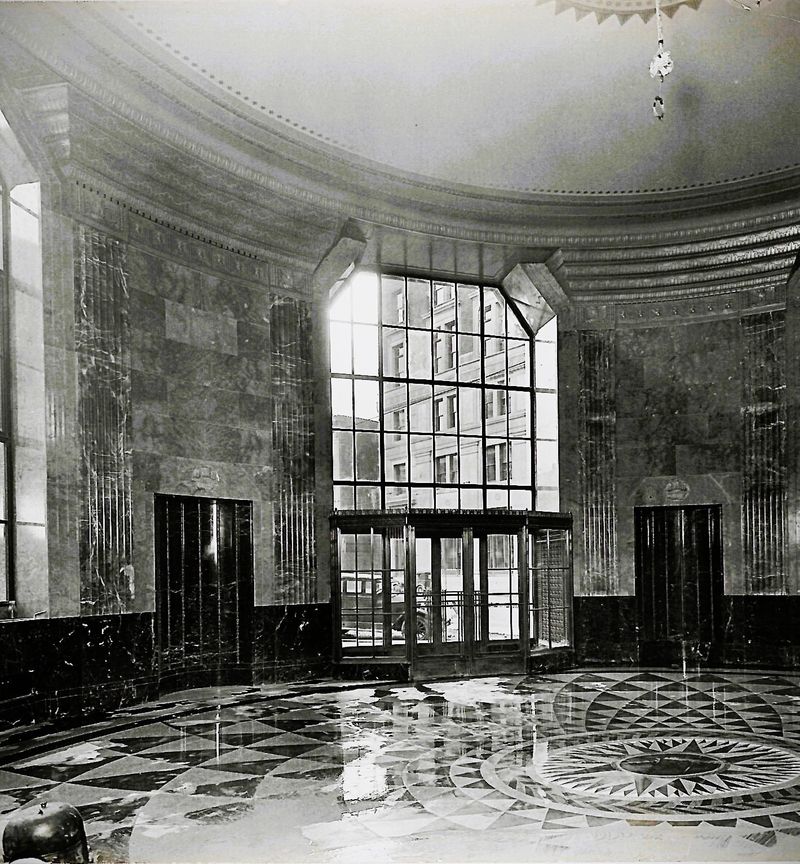
While Hearst Castle gets most of the attention, William Randolph Hearst’s actual childhood home in San Simeon offers a fascinating counterpoint. This Victorian mansion, built by his father George Hearst in 1878, shows the family’s roots before their later extravagance.
The 18-room mansion features hand-carved redwood interiors, imported European antiques, and panoramic views of the Pacific Ocean. Mining magnate George Hearst purchased the original 40,000-acre ranch as a working cattle operation before his son transformed part of the property into his famous castle.
10. Taliesin
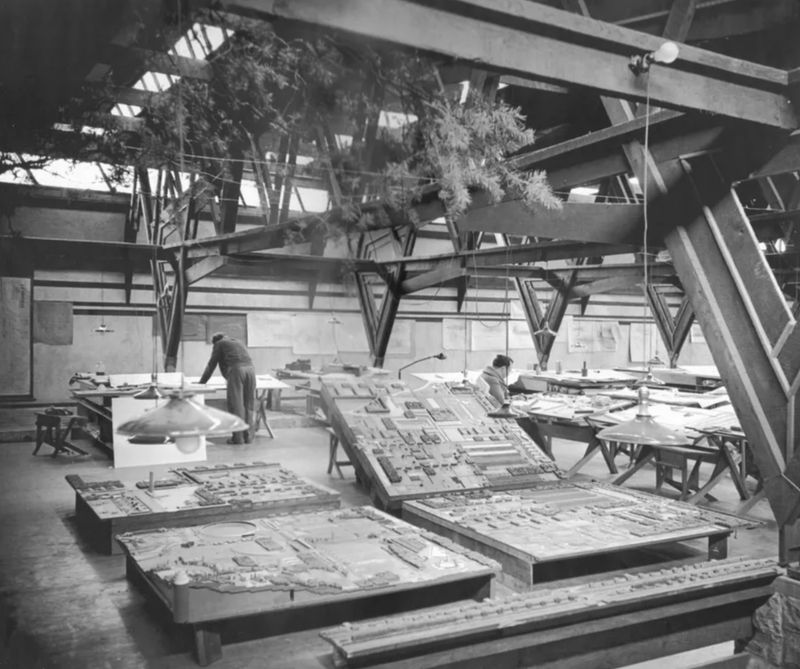
Frank Lloyd Wright built this sprawling estate near Spring Green, Wisconsin, as both his home and architectural laboratory. Named after a Welsh poet, Taliesin (meaning “shining brow”) was constructed in 1911 and rebuilt twice after devastating fires.
The 600-acre property embodies Wright’s Prairie School principles with low-slung rooflines, natural materials, and spaces that flow organically into one another. Wright constantly modified Taliesin throughout his life, testing architectural ideas that would later appear in his client projects.
His architectural school operated here, with apprentices living communally and learning by doing.
11. Mount Vernon

George Washington’s beloved plantation home stands majestically overlooking the Potomac River, just as it did when America’s first president walked its grounds. The mansion’s iconic two-story porch spans the entire river façade, designed by Washington himself to catch cooling breezes.
Inside, meticulous restoration has returned rooms to their 1799 appearance with original furnishings and Washington family heirlooms. The estate encompasses outbuildings, gardens, and a working farm that demonstrates 18th-century agricultural practices.
12. Marble House
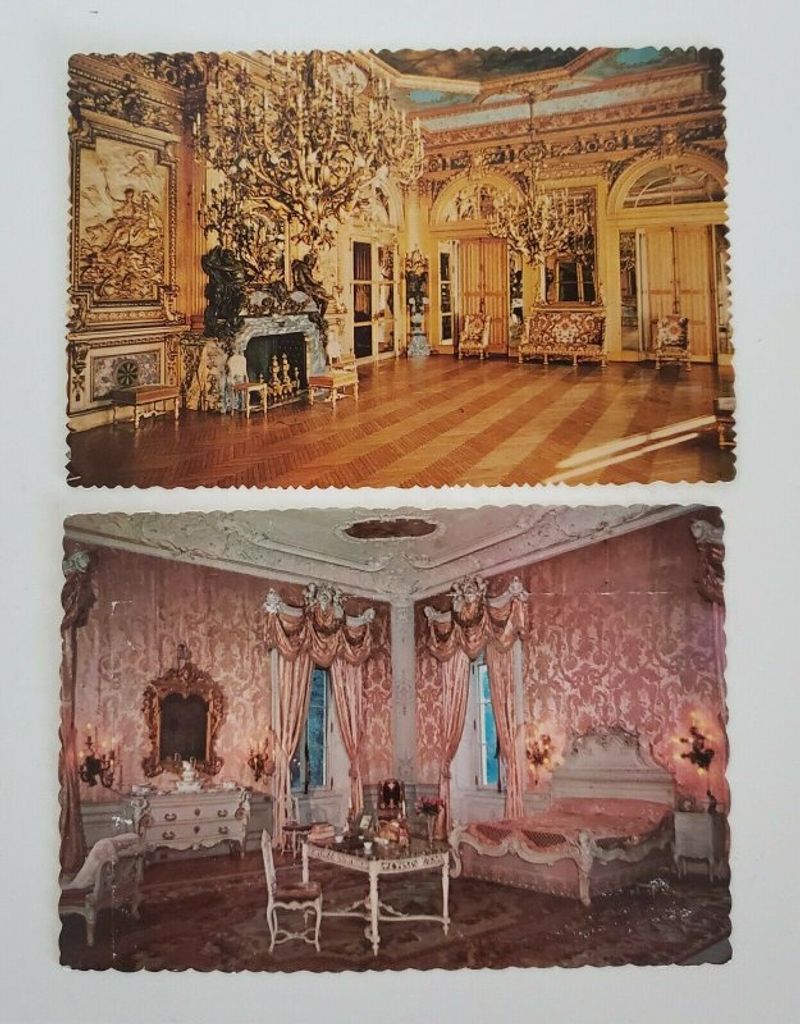
Completed in 1892 at a staggering cost of $11 million (equivalent to over $300 million today), Marble House was Alva Vanderbilt’s birthday gift from her husband William. The opulent Newport mansion contains 500,000 cubic feet of marble, creating an American palace inspired by France’s Petit Trianon.
Gold-encrusted walls adorn the breathtaking Gold Room, while the Grand Salon showcases priceless tapestries and Renaissance paintings. The Chinese Tea House, perched dramatically on the cliffs, later became headquarters for Alva’s women’s suffrage meetings.
13. Fonthill Castle

Archaeological scholar Henry Mercer built his eccentric 44-room concrete castle between 1908 and 1912 as both home and museum. The medieval-inspired fortress features 200 windows of varying sizes, 18 fireplaces, and 32 staircases – many leading nowhere!
Handcrafted tiles from Mercer’s own Moravian Pottery cover floors, walls, and ceilings in vibrant patterns and biblical scenes. Books overflow everywhere, with over 6,000 volumes built directly into walls and alcoves.
14. Filoli

Nestled against the Santa Cruz Mountains, Filoli stands as a rare survivor of the early 20th-century Country Place Era. Built for gold mine owner William Bourn in 1917, the Georgian-style mansion gained modern fame as the Carrington mansion in the TV show “Dynasty.”
Sixteen acres of formal gardens surround the 54,000-square-foot home, featuring spectacular seasonal displays of tulips, daffodils, and Filoli’s signature heirloom roses. The estate’s name comes from Bourn’s personal credo: “Fight for a just cause; Love your fellow man; Live a good life.”
15. Rosecliff
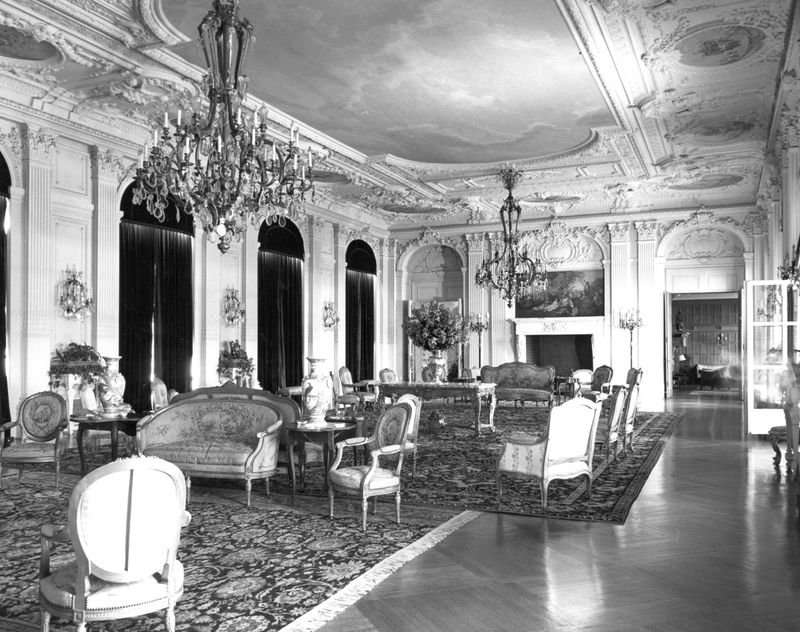
Commissioned by silver heiress Theresa Fair Oelrichs in 1899, Rosecliff was designed specifically for entertaining on a grand scale. The mansion’s heart is its spectacular ballroom – the largest in Newport – with gleaming white marble floors perfect for the elaborate midnight suppers Mrs. Oelrichs loved hosting.
Modeled after Versailles’ Grand Trianon, the Beaux-Arts masterpiece features a sweeping heart-shaped staircase where debutantes made dramatic entrances. Film buffs recognize Rosecliff from “The Great Gatsby,” “True Lies,” and “27 Dresses.”
16. Whitemarsh Hall’s Opulent Interior
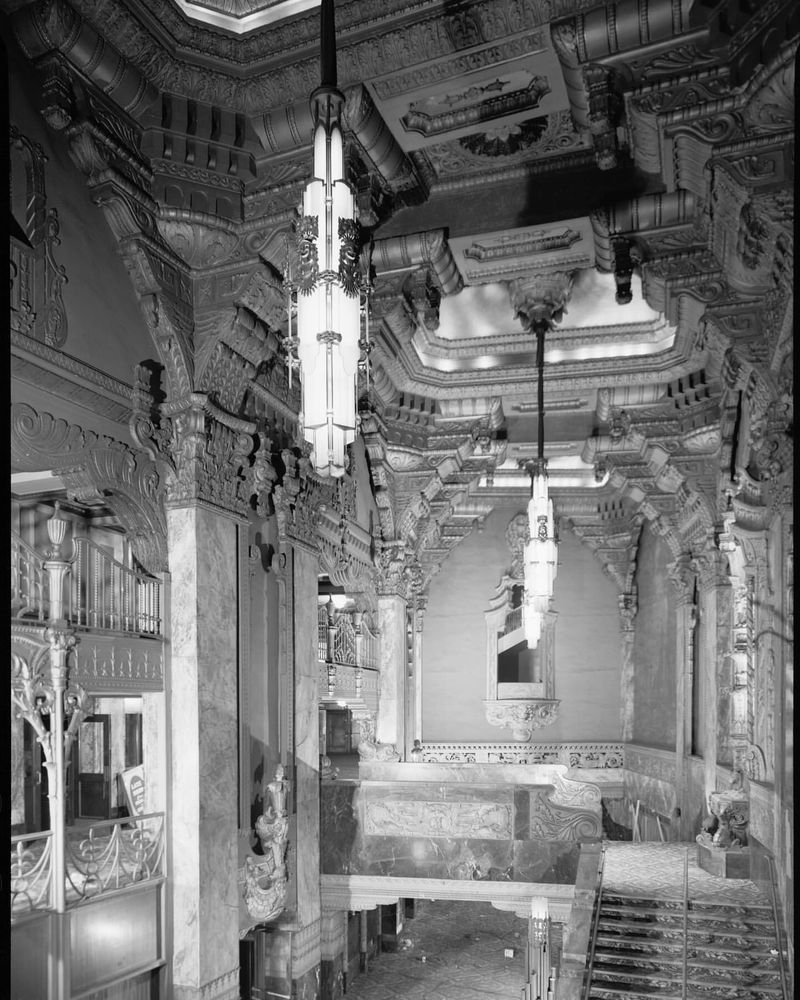
Whitemarsh Hall in Pennsylvania was a massive estate with 147 rooms, celebrated for its lavish decoration and scale. The home featured grand staircases, marble floors, and rooms designed for entertaining. Despite its beauty, the house was eventually demolished in the late 20th century.
Vintage photos show its impressive pipe organ and intricate woodwork. The mansion represented the height of American luxury in its era. While it no longer stands, the images preserve its grandeur.
17. Winchester Mystery House
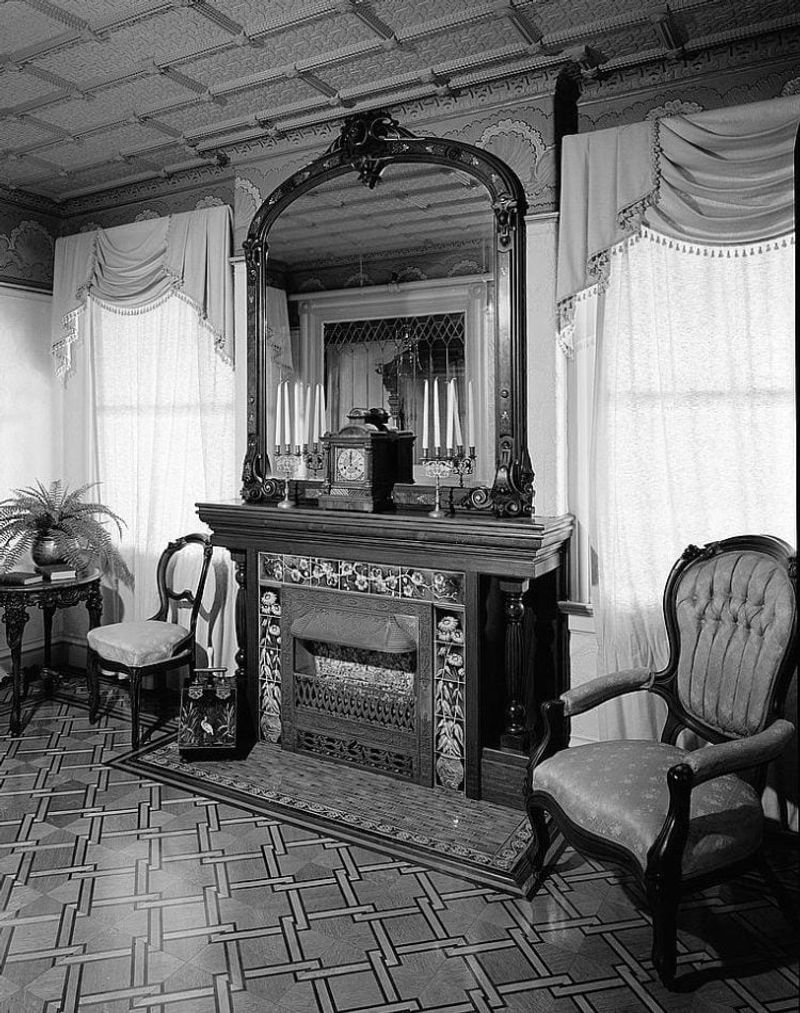
Staircases leading nowhere. Doors opening to blank walls. Windows built into floors. Welcome to Sarah Winchester’s architectural oddity in San Jose, California. Construction on this Queen Anne Victorian never stopped for 38 years until Sarah’s death in 1922.
Legend claims Sarah, heiress to the Winchester rifle fortune, built continuously to confuse vengeful spirits of those killed by Winchester rifles. The house grew to 160 rooms with bizarre features supposedly designed to baffle ghosts – including the number 13 appearing in window panes, staircase steps, and ceiling panels.

